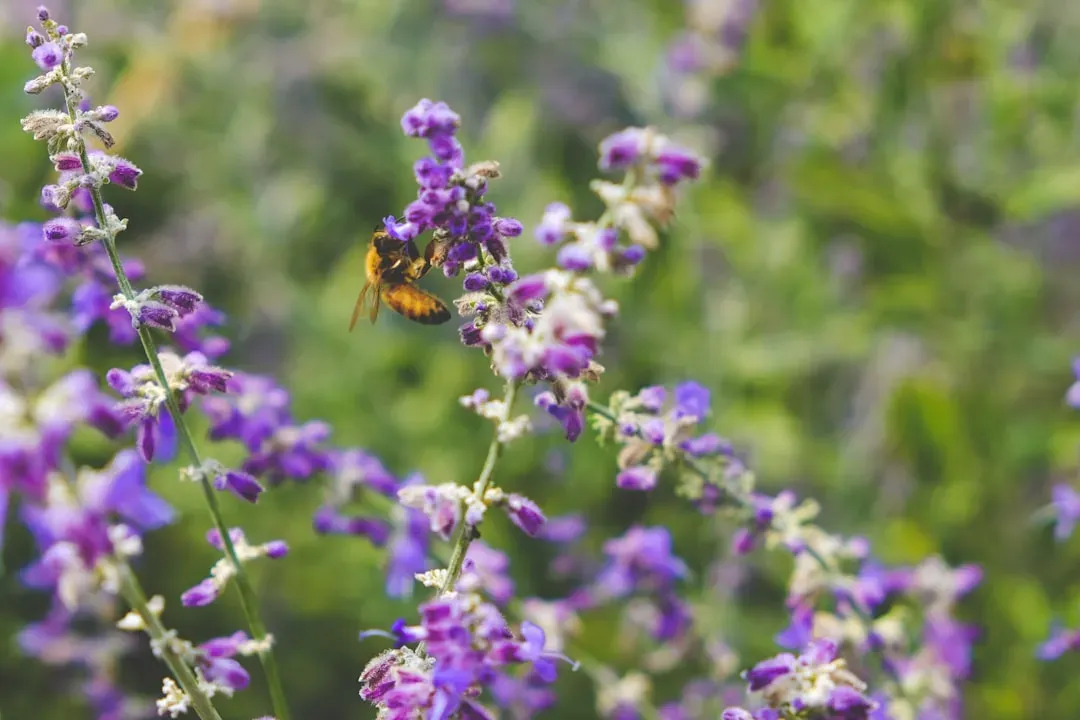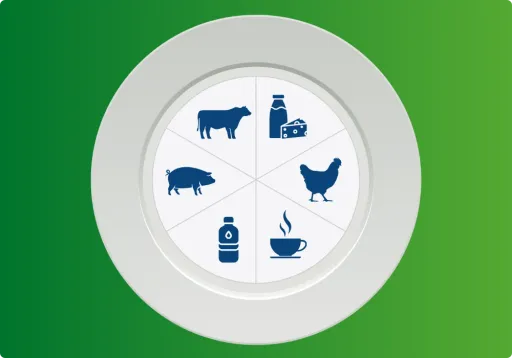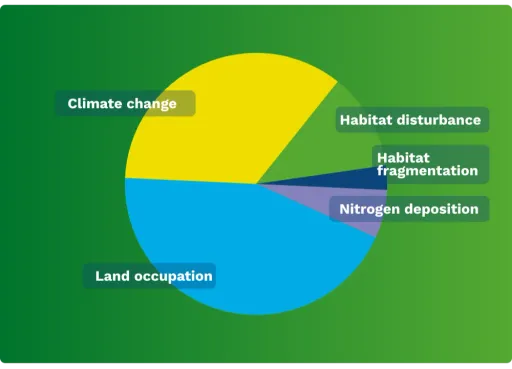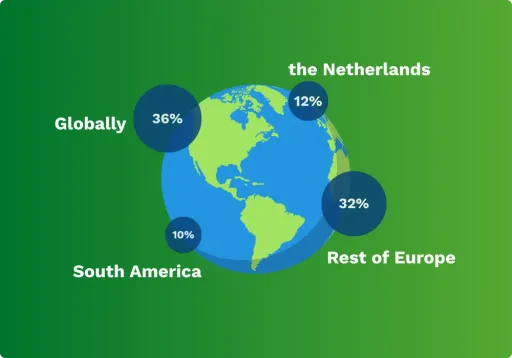Biodiversity loss is one of the greatest environmental challenges of our time, and food systems play a major role in this. However, the widely used Life Cycle Assessment (LCA) framework currently lacks biodiversity-focused indicators. In a new study with the Netherlands Environmental Assessment Agency (PBL), we offer a fresh perspective by integrating a biodiversity indicator into the LCA framework. This method was then applied to Dutch diets to measure the biodiversity footprint.
With this study, we move beyond traditional environmental metrics to reveal how food systems contribute to biodiversity loss.






